Article Categories
Lifestyle
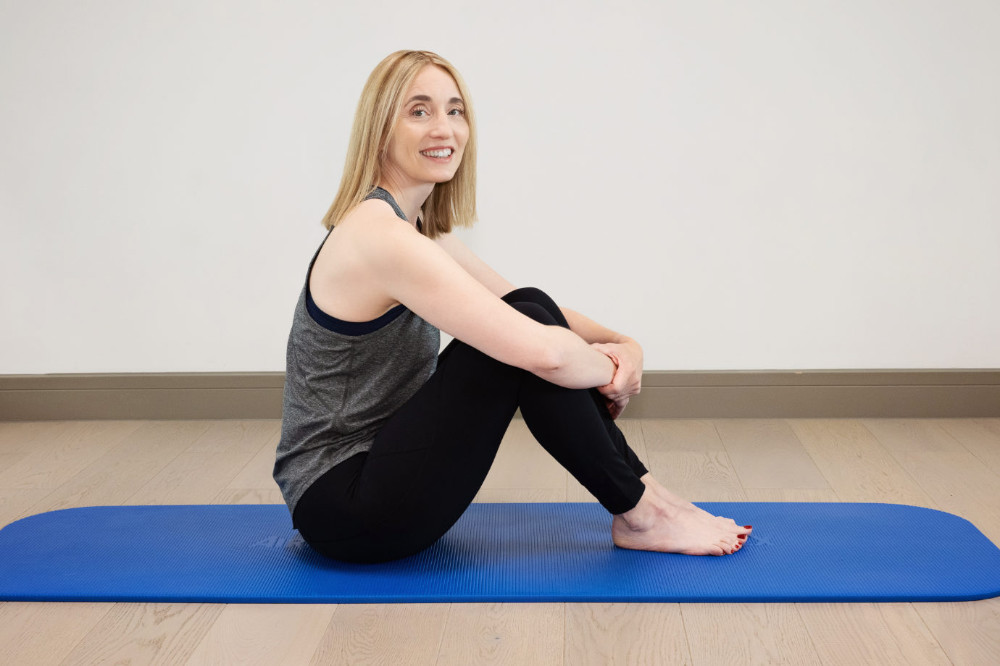
January 25th, 2022
Living with Ehlers-Danlos – A Life in Two Halves
Like many of us, I used to see my life in two halves. Pre motherhood, I lived with symptoms on a daily basis like muscular pain, daily migraines, digestive issues (diagnosed as IBS aged 12). I thought everyone had issues every day.
Read more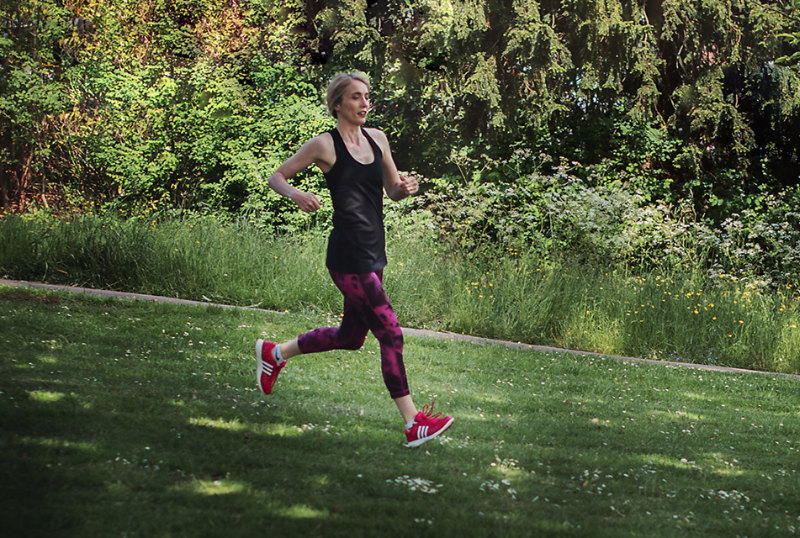
March 12th, 2021
Pelvic Floor Health in Hypermobility
The pelvic floor can often try to act as a trunk stabiliser all the time. This leads to tightness not just in the pelvic floor but with all it’s close relations like the hip, low back and abs. In turn this presents as tightness and pain. Recent research from Australia has shown a tight pelvic floor can lead to SI joint issues, which makes perfect sense due to its intimate connection.
Read more
January 3rd, 2021
Returning to Health – Our Personal Virus Experience in 2020
2020 was an incredibly challenging year for everyone on so many levels. With a history of pneumonia and bronchiectasis I was naturally worried about catching the virus. When things became serious in the UK, my family practised strict isolation. We limited our visits to the supermarket, we washed our hands constantly and carried hand sanitiser when we did go out. We even left our post for 2 days before opening it to limit any exposure.
Read more
December 15th, 2020
Enjoy a Zebrastrong Christmas on us
Want to take control of your hypermobility in 2021?
This Christmas, The Zebra Club is offering a special Christmas deal. We are offering a Zebrastrong Christmas from the 15th to 26th December and warmly invite you to take advantage of 20% off the retail price on an annual subscription to The Zebra Club.
Read more
October 9th, 2020
Am I Doing This Exercise Right? Progress Not Perfection Wins Every Time.
We’ve probably all ventured into the previously unknown world of online exercise during these unusual times. When our regular gym or Pilates classes closed (or still remain closed), if you wanted to stay healthy and exercise safely you probably turned to YouTube for inspiration. Or maybe you became a regular on Zoom with your regular teacher.
Read more
September 14th, 2020
The Neglected Stress Impact of a Chronic Illness
“Psychological factors can trigger a breathing pattern that might be appropriate to an emergency situation, when no such emergency exists”. This is an extract from a book on breathing pattern disorders. I became so interested in breathing patterns the more I worked with our hypermobile community. It’s now a passion of mine and it is why breathing is the number one principle in my Integral Movement Method for Hypermobility. Breathing comes first. Movement second.
Read more
July 8th, 2020
Yes to Self-Care! Be A Little Selfish
Give yourself (or your pet) a big hug. You’re doing great.
I have a question. How do you look after yourself when things get challenging? I ask because self-care was not something I used to do, certainly not regularly. One thing that lockdown has given me is a new focus on what’s important. Taking care of myself has definitely risen up the agenda.
Read more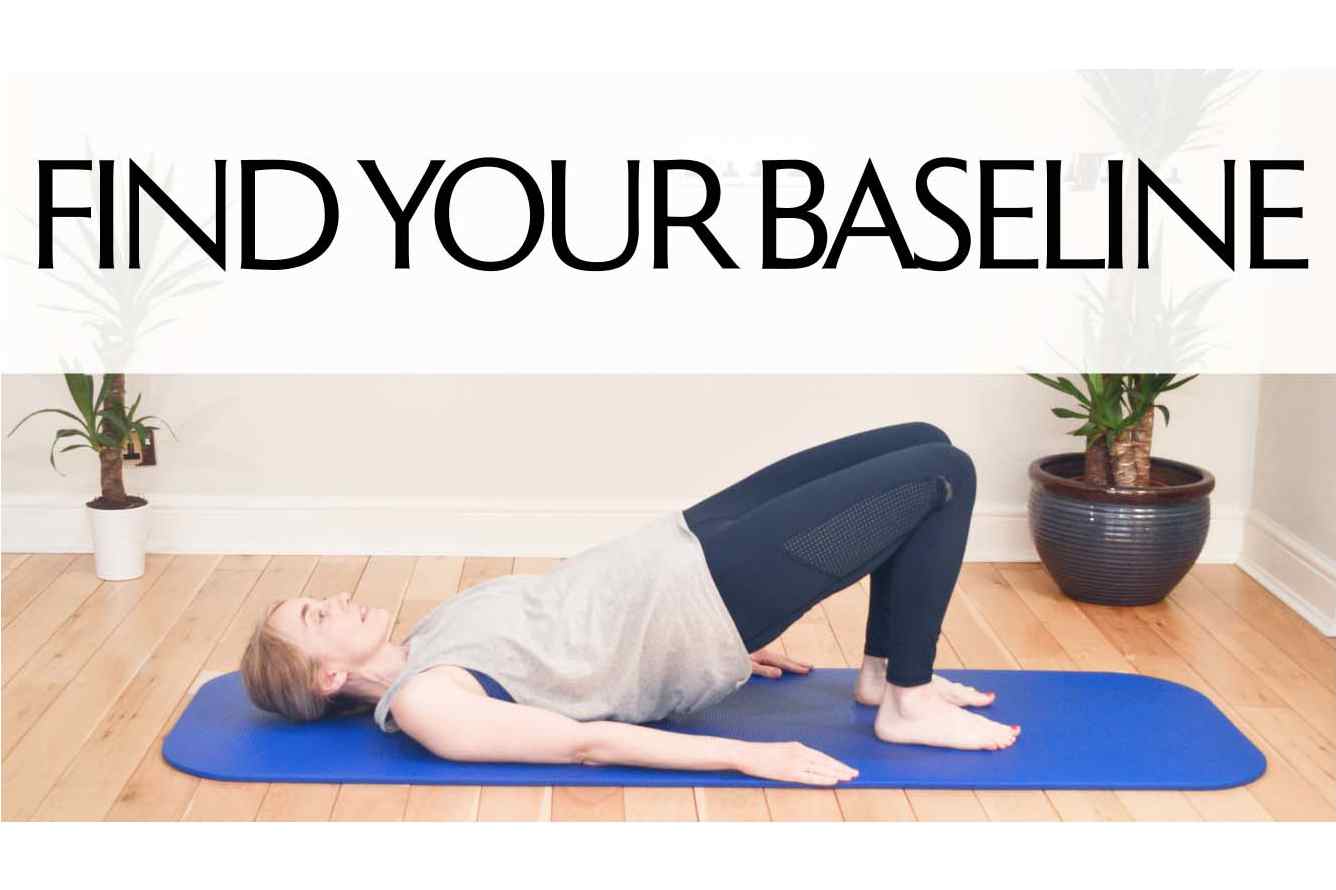
April 16th, 2020
Home exercise has never been easier
I hope you are safe and well during these unusual, challenging times.
I have been thinking of ways I could help to keep you active and enjoying movement safely at home. I am sure your regular exercise activities and classes are closed. Where do we turn for reliable, safe and effective information for chronic pain or hypermobility issues?
Read more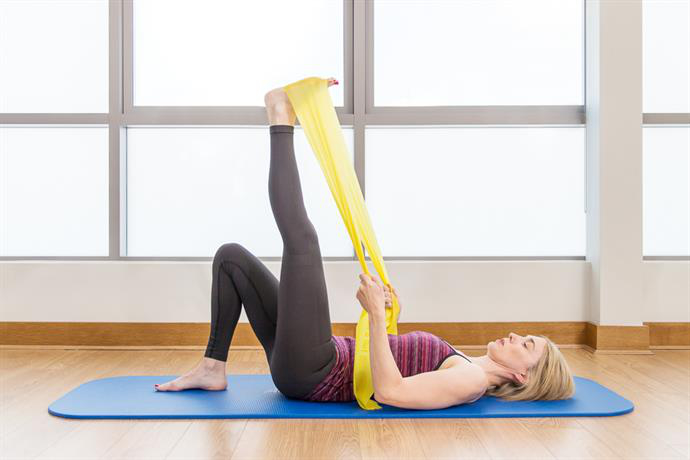
March 21st, 2020
My gift to you in these unprecedented times
Keep Moving with me for free – in your own home. These are unprecedented times. Who would have thought we would be living in almost total isolation. Our gyms, Pilates classes and physiotherapy clinics are closing until further notice. And yet, we know that we need to keep moving.
Read more
July 21st, 2019
What Does Zebrastrong Mean To You?
What does zebrastrong mean to you? I remember a time when the thought of moving and living pain-free was just a thought. I was in pain, fearful of movement and frustrated at trying many options without success.
Read more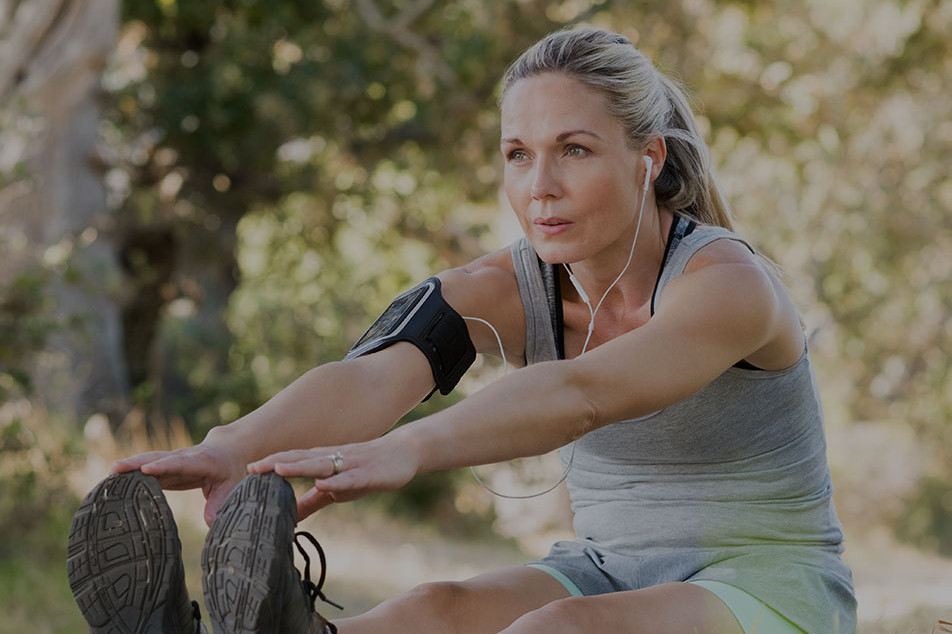
June 11th, 2018
EDS and exercise: not the opposites you think
For someone dealing with chronic pain, exercise feels like that last thing that should be on the agenda. With a body that’s easily exhausted, aches, and often acts frustratingly beyond your control, it might seem crazy to choose to physically exert yourself more. But I’ve found exercise to be a fundamental part of managing chronic pain conditions and for those living with forms of hypermobility.
Read more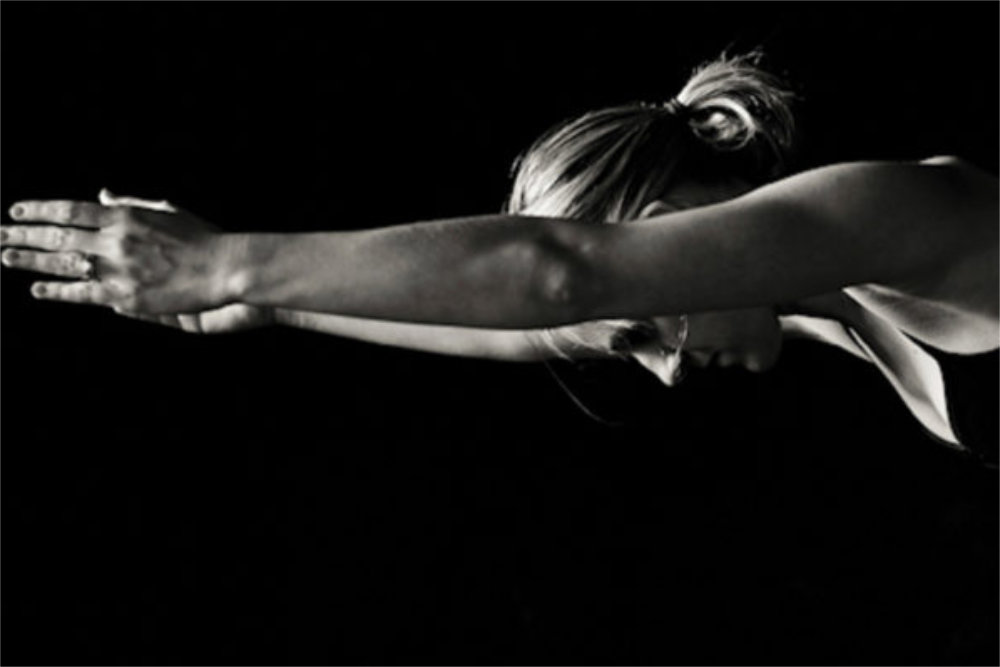
May 3rd, 2018
Empowerment: finding your strength
For EDS Awareness Month, I’ve been thinking a lot about empowerment, inspired by the strength of communities who society often disregards as weak. Whether it’s hearing the stories of creative and resilient people, the positivity of #fragilebutunbreakable social media campaign, or watching the phenomenal achievements of the EDS community. I am awed by this strength in the face of adversity.
Read moreThe Zebra Club APP
Hypermobility safe, affordable and effective movement, education and community in the comfort of your own home.
The Zebra Club app is a programme based on the Integral Movement Method. In this programme I will carefully guide you through safe exercises to manage your pain.
Learn moreOr download the App on

